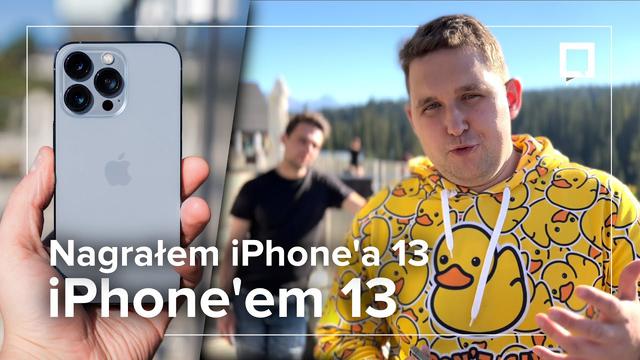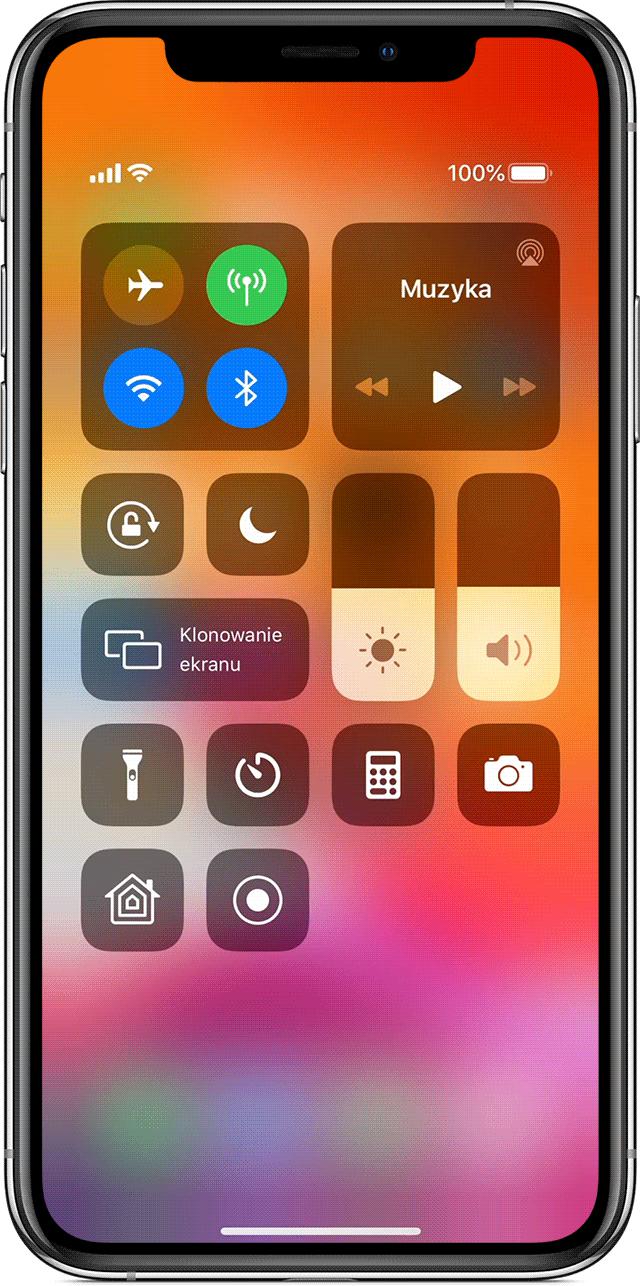- SPIDER'S WEB
- Technologies
- Tech
- Software
The spell was broken during editing, when I first watched the material on the computer screen. On the larger screen, you can clearly see that the edges of the characters are simply blurred. The problem is noticeable not only on the most difficult elements, i.e. the hair, but even on completely hard and straight edges, e.g. on a sweatshirt. Sometimes this artificiality is more visible, sometimes less, but the more shots we see, the more it becomes apparent that "something is wrong here".
However, I am convinced that in the next generations of the iPhone, the background blurring system will be improved in the same way as it was in the Portrait Mode for photos. The first versions looked very artificial, and today Portrait Mode is fully usable and very reliable. Parting hair is still a challenge, but the sharp edges are detected and cut perfectly perfectly.
The Movie Mode on iPhone 13 has great potential. It has its moments today.
The greatest strength of the Film Mode in practice is not so much the blurring of the background as the transition of sharpness between the planes. The effect like below happens automatically. As soon as the iPhone detects a face, it immediately starts focusing on it.
You can see this frame in full quality in the video embedded at the beginning of the post, in excerpt 4:20.
In fact, during the premiere of the iPhone 13 on the stage, there were declarations that the iPhone also analyzes what is outside the frame using an ultra-wide angle lens. Thanks to this, he is able to predict that a character will appear in the frame in a moment. As a result, the focus plan change begins before this character enters the frame. When we begin to see a face, the focus is already on it. This behavior can be seen very clearly in the next example.
You can see this shot in full quality in the video embedded at the beginning of the post, excerpt 7:10.
The focus began to come to the fore before the face of Łukasz Kotkowski was in the frame.

Program highlight: You can change the sharpness settings after recording.
This is one of the key features of Movie Mode. As in portrait photos, also in the movie we can edit both the blur level (described as the aperture) and the focus point. If the iPhone 13 Pro makes a mistake at the recording stage, we can easily fix the error in editing the movie on the smartphone. It is very simple and intuitive.
Well, you can go one step further. My editorial colleague, Piotr Grabiec, declared that he would record all the films in the Film mode. If the blur is natural, the video will be more attractive, and if the effect looks artificial, you can always turn it off in editing. You just have to remember that Movie Mode only works in Full HD resolution.
Cinematic Mode is recorded in HDR mode.
This is both good news and bad news. Okay, because the movies will use the full potential of new screens, both on iPhones and external ones, e.g. TV sets.
Bad because HDR is still a big challenge when editing videos, and I assume a lot of people interested in Movie Mode will want to edit their stuff. I edited and rendered the material in HDR and it was my first movie that I released in this standard.
There were many problems at the assembly stage. The biggest one was adding offsets that weren't recorded in HDR. Their tonal range was much narrower, so it had to be artificially stretched to visually match the rest of the material.
The Movie Mode on the iPhone 13 Pro also has two other problems.
The first is resolution, because Film Mode only saves video in 1080p at 30fps. It is a pity that full 4K was not available. This limitation applies to any version of the iPhone, regardless of the memory variant. It is worth explaining, because some people are convinced that the iPhone 13 Pro in the 256 GB version has a Film Mode in 4K available. It's not true. ProRes recording in 4K will appear in the 256 GB version, but Movie Mode will always only work in Full HD.
The second problem is temporary but troublesome. It turns out that footage recorded in Movie Mode is not automatically transferred to the Mac. The Photos app on macOS Big Sur is not compatible with files saved in Movie Mode. Effect? Such content simply does not sync with the computer. You can transfer them manually, for example via AirDrop, but then the metadata is not transferred, even if you choose the option on the iPhone to include "all photo data".
The files can be transferred to the computer, but we cannot edit the blur. All of that will change with the launch of macOS Monterey, which is scheduled for October. Already today, in the beta version of this system, the iPhone Film Mode is fully supported and the same editing is possible as in the editor on the iPhone 13.
Bottom line: The Movie Mode on the iPhone 13 is a typical false start.
This mode has a promising future, but the potential alone is not enough for a top Apple smartphone costing four, five or even over seven thousand. zloty. In this class and at this price, I would expect ready-made, full-fledged solutions. Movie Mode isn't like that yet.
If you are planning to buy iPhone 13 only for this mode, I advise against this decision. Looking at the history of the development of the portrait mode in photos, I expect that we will see the full capabilities of the Movie Mode in a year, two, and maybe even in three years.
And finally, not to be so pessimistic: I still can't get over how brilliant image stabilization the iPhone has. In the comments on YouTube, some people cannot believe that the video was recorded without a gimbal, but it's true. The quality of the stabilization based on the gyroscope is the best on the market.
Tags: iphone 13iphone 13 what's newiPhone 13 pro

